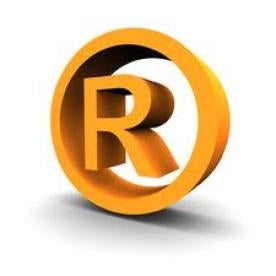This post is for those who gain pleasure from tidying up. It’s springtime here in DC, so let’s roll up our sleeves and declutter! Your trademark portfolio, that is. You’ll gain a sense of accomplishment AND you can humble-brag about your magical money-saving skills.
U.S. law requires trademark registrants to prove that they’re still using their marks at certain points in time after the registrations’ issuance. Few other countries impose such requirements, though – in many cases, all you have to do is pay a renewal fee. We’ve therefore seen some brand owners fall into an “autopilot” mode of renewing most every non-U.S. registration, without pausing to consider whether each registration still has value. The costs of that approach add up! Keep in mind that in many jurisdictions, 3 or 5 years’ non-use of a mark will expose a registration to cancellation – do you really need to renew a registration that won’t hold up under scrutiny?
To avoid the auto renewal trap, I propose that you spend a mindful moment with each mark. Here’s how. In a past post, I suggested producing and reviewing a spreadsheet that lists your active registrations and applications in alphabetical order by country, then by mark. In addition to helping you detect patterns and spotting anomalies and gaps in coverage, this exercise will help you spot trademark registrations that you can refrain from renewing. While you review your spreadsheet, consider the following:
1. Look at each brand and logo. If a brand doesn’t ring a bell, or a logo looks outdated, explore whether it is no longer in use. One less renewal fee to pay – ka-ching!
2. Check filing dates. Although we are tickled pink by brands that have been on the register since the FDR administration, sometimes an old filing date signals that you should look into whether the brand is still in use.
3. Class coverage. If some product or service lines have been discontinued, look into whether you can save money by refraining from renewing certain classes in the registration.
4. Seniority claims. Do you have national registrations in EU member countries that overlap with your later-acquired EU registrations? Explore adding seniority claims to your EU registrations (and take a look at this post on seniority claims while you ponder the pros and cons).
I bet you’ll find at least one registration you can allow to lapse. And then you can devote those funds to… filing applications for new brands that will bring you joy! (You knew I would say that, right?)




 i
i


